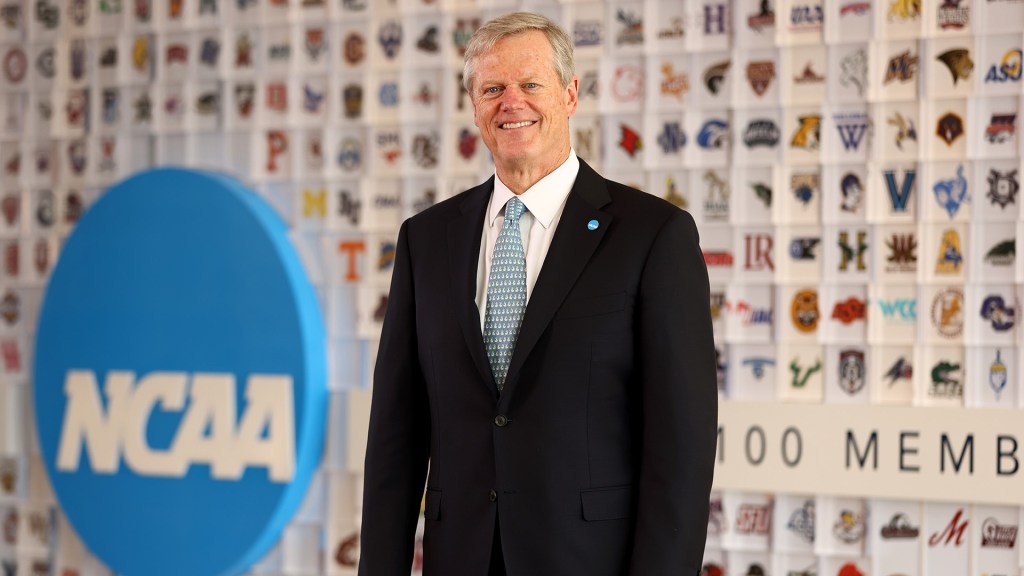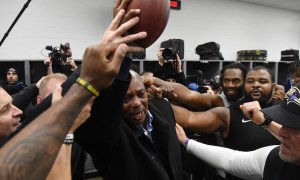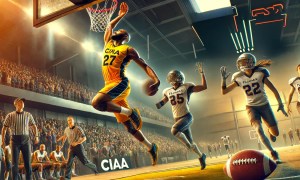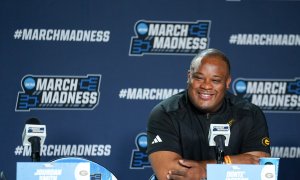In a monumental shift, the NCAA (National Collegiate Athletic Association) and its Power Five conferences have declared that colleges can now directly compensate their athletes according to widespread reports. This decision marks a significant departure from the traditional model of amateurism long upheld by the NCAA. This signals a new era in college sports where athletes can receive financial compensation for their contributions directly from their schools. It also creates yet another recruiting advantage that may not work in the favor of HBCU programs.
This historic move centers around a multibillion-dollar agreement to settle three pending federal antitrust cases. This new payment system isn’t just regulated to current and future athletes. The NCAA will have to reportedly pay more than $2.7 billion in damages over 10 years to past and current athletes, according to reports. All Division I athletes dating back to 2016 are eligible. That window of time will cover nearly 10,000 student athletes. There is also a reported revenue-sharing plan that would allow each school to share nearly $20 million per year among the athletes.
“The five autonomy conferences and the NCAA agreeing to settlement terms is an important step in the continuing reform of college sports that will provide benefits to student-athletes and provide clarity in college athletics across all divisions for years to come,” NCAA president Charlie Baker and the five power conference commissioners said in a joint statement Thursday evening.
This historic move overturns decades-old regulations that prohibited colleges from providing monetary compensation to student-athletes beyond scholarships and stipends.
The decision comes amidst increasing scrutiny of the NCAA’s amateurism rules and a growing push for athlete compensation reform. With the landscape of collegiate athletics evolving rapidly with the arrival of Name, Image and Likeness compensation, the NCAA has recognized the need to adapt its policies to better reflect the realities of modern sports.
Charlie Baker foreshadows move
In December, NCAA President Charlie Baker, the former Massachusetts governor proposed creating a new tier of Division I athletics where the schools with the most resources would be required to pay at least half their athletes $30,000 per year. Baker wrote a letter to more than 350 Division I schools where he stated that he wants the NCAA to create a new tier of Division I sports where schools would be required to offer at least half their athletes a payment of at least $30,000 per year through a trust fund. He also wrote of the “new series of challenges” that existed because of the disparity in resources between schools at the top of the food chain and other lower Division I schools as well as Division II and Division III programs.

The disparity of resources have always been felt for HBCUs, whether it’s FCS, Division II or NAIA. No HBCU is in a financial position to pay half of its student athletes $30,000 per year but the games will obviously continue moving forward. Now the enticement of a legitimate payday at the Power Five level may lead to even more HBCU athletes selecting the transfer portal after seeing success on the court or field of play. And the financial challenges of today will continue to be the issues of tomorrow for not only HBCUs but other FCS and Division II programs.
How to help HBCUS
In an interview with HBCU Gameday at the Celebration Bowl in December Baker talked about ways to help HBCUs financially.
“We’ve never really tried to create a purchasing collaborative as a as an organization, and yet we have 1100 members,” Baker noted. “They buy a ton of the same stuff. We can save everybody ten, 15, 20 percent of what they pay for all the product that they buy to support their programs. It’s real money that they could turn around and reinvest in other things.”
This decision underscores the need for ongoing dialogue and reform to address the complexities and challenges associated with athlete compensation. As college athletics enter this new era of direct payments, it will be essential to monitor for all unexpected consequences and guide any market corrections if at all possible.
But college athletics can no longer consider itself a form of amateurism and the divide between the power five conferences, HBCU programs and the rest of college athletics may have just experienced a force multiplying gap.











